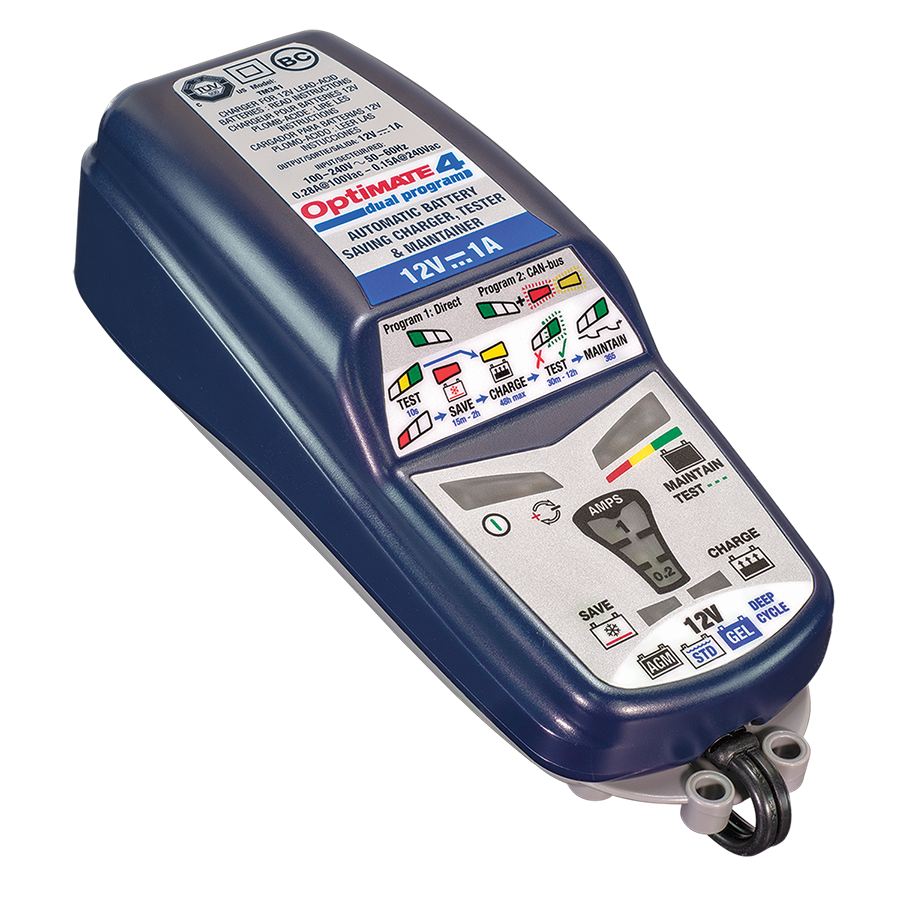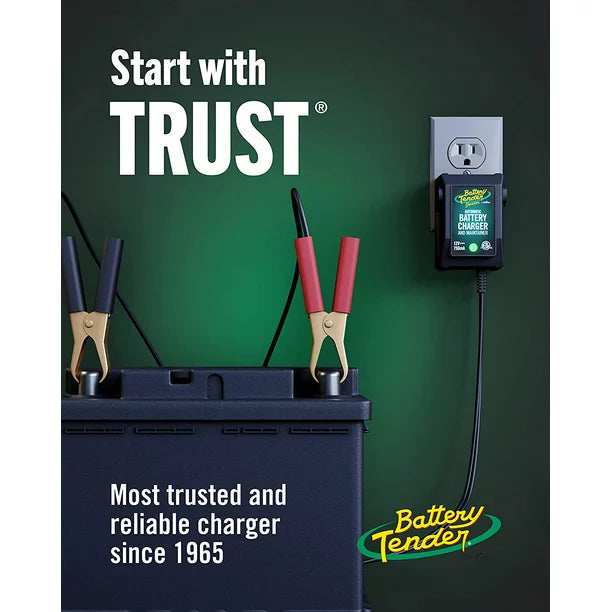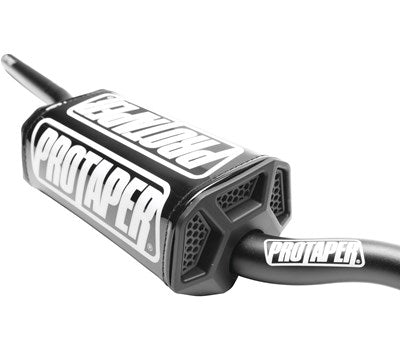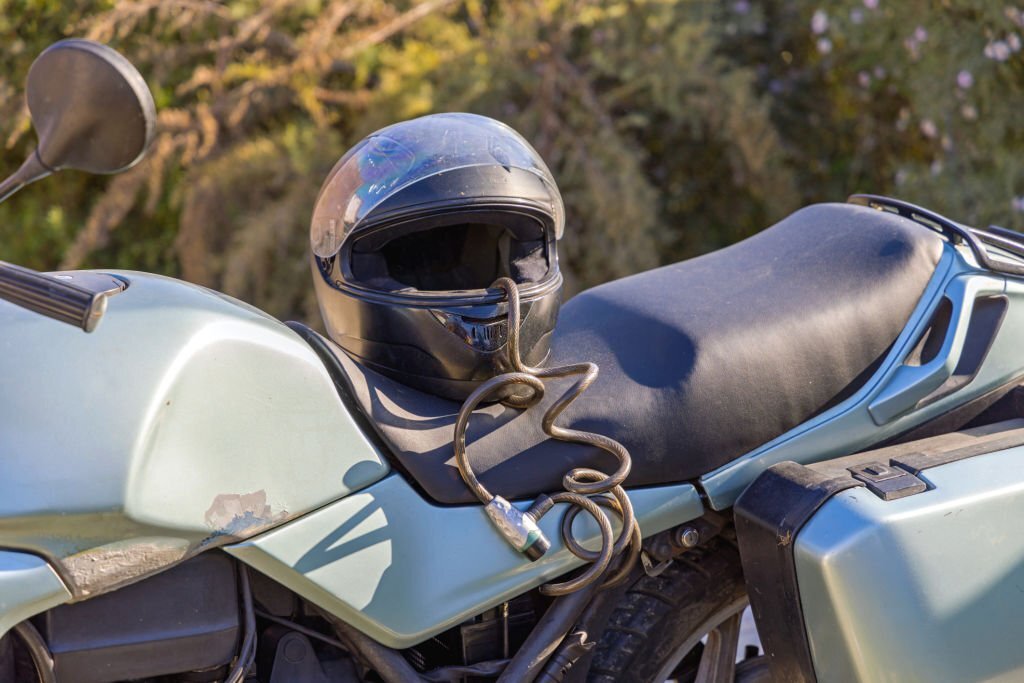As a motorcycle enthusiast, you understand the importance of a reliable battery to power your rides. To ensure your motorcycle battery stays charged and in optimal condition, it's crucial to understand the charging process and follow the right practices. In this guide, we will explore the various aspects of charging your motorcycle battery and answer some common questions related to the topic.
Types of Batteries and Battery Chargers
Before delving into the charging process, let's first familiarize ourselves with the different types of motorcycle batteries available. The most common type is the lead-acid battery, which is known for its affordability and reliability. Another popular option is the lithium battery, which offers several advantages such as lighter weight and longer lifespan.
When it comes to battery chargers, there are several options to consider. One common choice is a trickle charger, which provides a slow, steady charge to the battery and is ideal for long-term storage. Another option is a smart charger, which monitors the battery's condition and adjusts the charging rate accordingly. These chargers are designed to prevent overcharging and maintain the battery's health.

The Charging Process
To charge your motorcycle battery effectively, follow these step-by-step instructions:
-
Safety First: Before beginning the charging process, ensure you are working in a well-ventilated area away from any open flames or sparks. It's also advisable to wear safety glasses and gloves.
-
Disconnect the Battery: Start by locating the battery terminals. The negative terminal is usually marked with a "-" symbol. Using a suitable wrench or pliers, disconnect the negative terminal first, followed by the positive terminal. This prevents any accidental electrical discharge during the charging process.
-
Choose the Right Charger: Select a charger that is compatible with your motorcycle battery type. Refer to the manufacturer's recommendations or consult an expert if you're unsure. Using an incompatible charger can damage the battery.
-
Connect the Charger: Attach the charger's positive clamp to the positive terminal of the battery and the negative clamp to the negative terminal. Ensure a secure connection to prevent any accidental detachment during charging.
-
Charging Time: Set the charger to the appropriate charging mode and follow the manufacturer's instructions. Charging times may vary depending on the charger and the battery's condition. As a general guideline, a fully discharged battery may take several hours to charge.
-
Monitor the Charging Process: Keep an eye on the charger throughout the process to ensure everything is functioning correctly. If you notice any unusual sounds, smells, or excessive heat, immediately disconnect the charger and consult a professional.
-
Completing the Charge: Once the battery is fully charged, unplug the charger from the power source and remove the clamps from the battery terminals. Remember to disconnect the positive clamp first, followed by the negative clamp.

Answering Common Questions
Now, let's address some frequently asked questions related to charging motorcycle batteries:
Is it OK to Charge a Motorcycle Battery with a Car Battery Charger?
While it is technically possible to charge a motorcycle battery with a car battery charger, it's generally not recommended. Car battery chargers are designed for higher voltage and current output, which may damage a motorcycle battery if not used carefully. It's best to use a charger specifically designed for motorcycle batteries to ensure optimal charging without risking damage.
Should I Trickle Charge My Motorcycle Battery?
Trickle charging is highly recommended, especially during long periods of inactivity or storage. A trickle charger provides a low, constant charge that helps maintain the battery's charge level and prevents self-discharge. It's an effective way to keep your motorcycle battery in good condition and extend its lifespan.
Is It Bad to Leave a Trickle Charger on a Battery?
Leaving a trickle charger on a motorcycle battery for extended periods is generally safe. Trickle chargers are designed to provide a low and steady charge, which helps maintain the battery's charge level without overcharging it. However, it is important to follow the manufacturer's instructions and use a charger specifically designed for long-term use. Some chargers have built-in features to prevent overcharging, while others may require manual monitoring.
Can a Motorcycle Battery Be Overcharged?
Overcharging a motorcycle battery can be detrimental to its lifespan and performance. Lead-acid batteries, in particular, are susceptible to overcharging, which can lead to electrolyte loss, excessive heat, and even battery failure. To avoid overcharging, it's recommended to use a charger with automatic shut-off or a smart charger that monitors the battery's condition and adjusts the charging rate accordingly. These chargers ensure the battery is charged to its full capacity without overcharging it.
How Long to Charge a Dead Motorcycle Battery with a Trickle Charger?
The time required to charge a dead motorcycle battery with a trickle charger depends on the battery's capacity, the charger's output, and the battery's state of discharge. As a general guideline, it may take several hours or even overnight to fully charge a dead battery with a trickle charger. It's important to be patient and allow the charger to complete the charging process without interruption. Remember to monitor the charging process periodically and disconnect the charger once the battery is fully charged.
Will a Motorcycle Battery Go Bad from Sitting?
Yes, motorcycle batteries can deteriorate if they are left sitting for extended periods without proper maintenance or charging. When a battery is not in use, it can self-discharge, causing its charge level to drop. This can lead to sulfation, a condition where lead sulfate crystals form on the battery plates, reducing its capacity and overall performance. To prevent this, it's advisable to use a trickle charger or periodically charge the battery to maintain its charge level, especially during long periods of inactivity.
Can You Charge a Motorcycle Battery Without Removing It?
Yes, it is possible to charge a motorcycle battery without removing it from the bike. Most motorcycles have easily accessible battery terminals, allowing you to connect a charger directly to the battery while it remains in place. However, it's essential to take proper safety precautions and ensure the charger clamps are securely attached to the battery terminals. Additionally, be mindful of the surrounding components and avoid any accidental short-circuits or electrical damage.
Can You Leave a Motorcycle Battery Charging All Night?
While it's generally safe to leave a motorcycle battery charging overnight, it's crucial to use a charger specifically designed for prolonged use or equipped with automatic shut-off features. These chargers prevent overcharging and ensure the battery is charged to its optimal level without risking damage. It's always recommended to follow the manufacturer's instructions and guidelines for charging times to maintain the battery's health and maximize its lifespan.
Conclusion
Properly charging your motorcycle battery is essential for its longevity and performance. By understanding the different types of batteries, selecting the right charger, and following the correct charging process, you can keep your motorcycle battery in optimal condition. Remember to prioritize safety, monitor the charging process, and employ trickle charging during periods of inactivity. With these guidelines in mind, you can enjoy uninterrupted rides and a reliable power source for your motorcycle adventures.







1 comment
Thanks this was very helpful